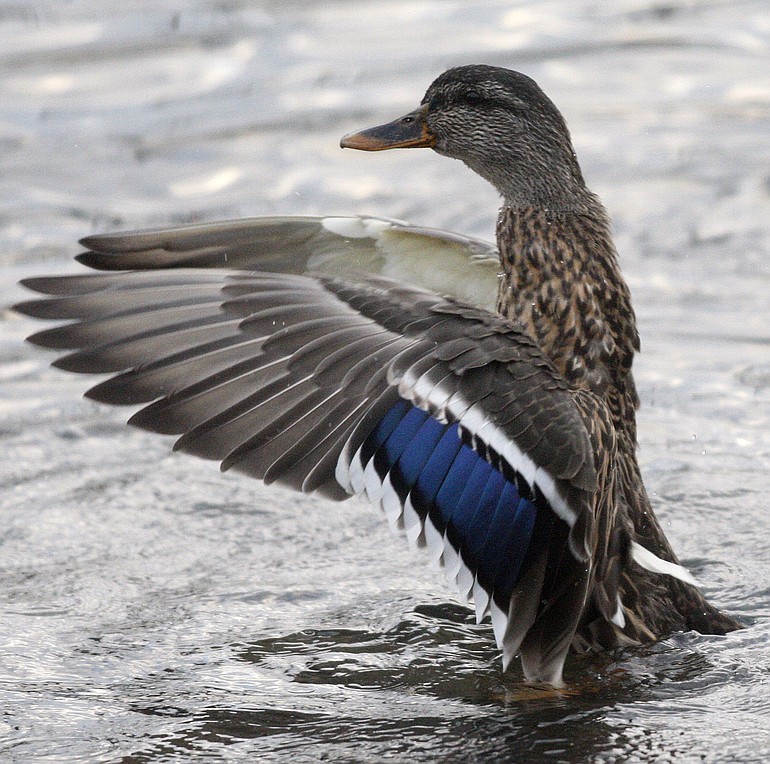Washington’s long duck-hunting season begins it 3½-month run on Saturday, continuing until Jan. 30.
Populations of the ducks preferred by hunters — mallards, pintails and green-wing teal — appear either improved or status quo compared with 2009 numbers in the Pacific Flyway.
Mallards showed gains, pintail are similar to last year and green-wing teal are similar to 2009, but much better in the western half of the flyway. The teal count in Alaska, Yukon Territory and the Old Crow Flats region jumped 45 percent.
Ducks and geese this spring found an absence of ice in northern Alberta, British Columbia and the Northwest Territories.
In 2009, the ice hung around in some areas until July.
“Winter precipation was a bit low in northern Canada, but with no ice on the breeding grounds, birds were able to start nesting early,’’ said Don Kraege, waterfowl manager for the Washington Department of Fish and Wildlife. “If they can get on their nests early, that usually offsets other negative habitat conditions.’’
The total duck estimate for central and northern Alberta, northeastern British Columbia and the Northwest Territories is 26 percent higher than in 2009 and 23 percent better than the long-term average.
In southern Alberta, conditions were dry, and the population was down.
“Any losses in numbers we might see in the eastern half of the flyway because of poor habitat in southern Alberta and eastern Montana should be offset by local duck production,’’ said Dan Yparraguirre, waterfowl coordinator for the California Department of Fish and Game.
“Some of the states in the Pacific Flyway had pretty good nesting conditions this spring,’’ he said.
Total duck counts were up 6 percent in California and 11 percent in Oregon, while slight declines were noted in Washington and Nevada.
In Spokane, Lincoln and Whitman counties, surveys show the abundant spring rain appeared to come a little late and local production was down, according to the Washington Department of Fish and Wildlife hunting prospects.
Hunting mostly depends on migrants from Alaska, plus how long waters remain ice-free.
Production also appeared down in Yakima and Kittitas counties.
Grant and Adams counties had duck production down about 20 percent this summer.
Mallards, gadwalls, wigeon, teal, scaup, redheads and canvasback normally migrate into Grant County in November, followed by more mallards and canvasback.




